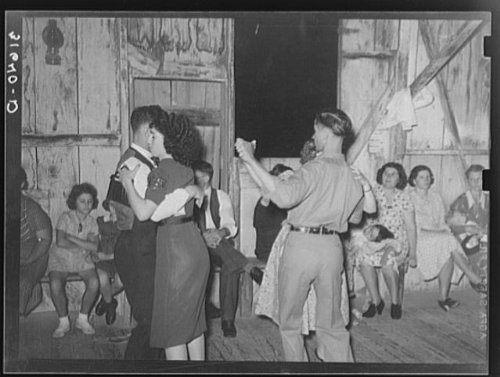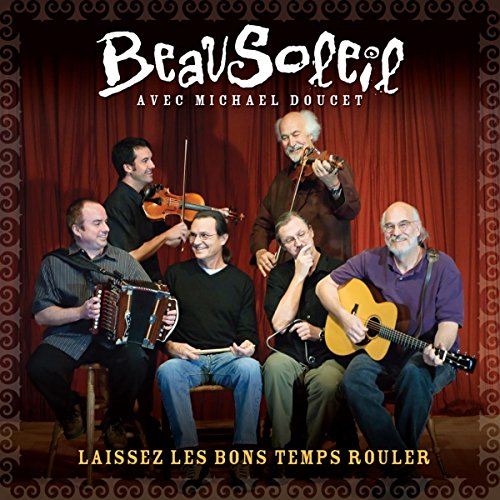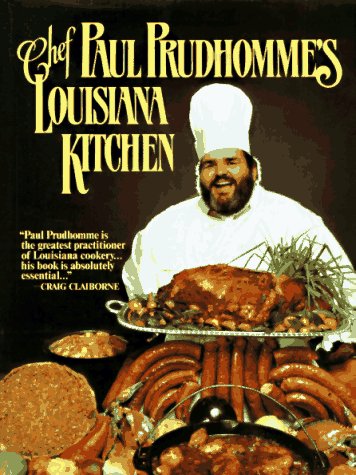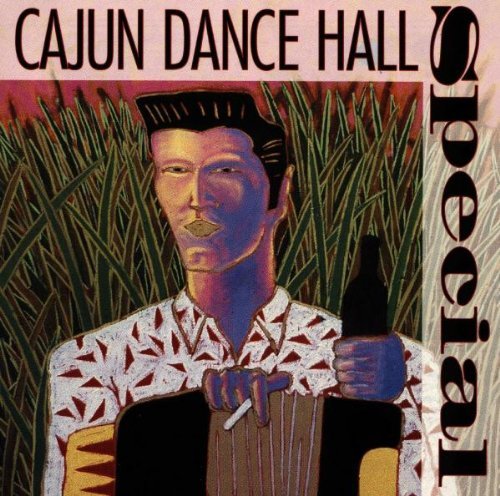Cajun Country
If you want to make money, go to Wall Street. If you want to catch trout, try Montana. If you're ready to party, head for Cajun Country.
Other cultures have great food and music and dance, but no other ethnic group puts the three together with more spice and joie de vivre than the Cajuns.
"Laissez les bon temps rouler! Let the good times roll!"
That's the cry of Cajun land -- a mossy district of southern Louisiana backwater bayous stretching from New Orleans to the Texas border where the folks eat deep-fried crawfish, guzzle Blackened Voodoo, and dance the two-step to a squeezebox. Every restaurant features live Cajun music, it seems, and every dish gets hotter than the last.
"This food doesn't know how to get cold!" you might hear a Cajun announce over a plate of jalapeno peppers stuffed with crabmeat.
The French-speaking residents of the Mississippi delta may have a reputation for hot tempers and quick fists, but most get their kicks on a plate or a dance floor. They are a fun-lovin', warm-hearted people, by and large, ready to party at a moment's notice. If you can't find a good time among Cajuns, you won't find one anywhere...
Whether it's the music that makes a Cajun or the Cajun that makes the music is hard to say. The two are nearly inseparable. "Every Cajun is either a musician or a frustrated one," is a common bayou truism.
Traditional Cajun music has a distinct sound. Most songs are ballads, sung in French with fiddle and accordian as lead instruments. A washboard is included for percussion. The theme is often the loss of a loved one, as in "Jolie Blonde," sometimes referred to as the Cajun national anthem:
Pretty blonde, look at what you've done,
You left me to go away,
To go away with another, yes, than me,
What hope and what future am I going to have?
Another Cajun favorite is the nonsense song. The lyrics to "The Mosquitoes Have Eaten Up My Girl" tell of how nothing remains of the poor girl but her big toe, which the singer proceeds to use as a cork to stop his bottle. The song goes on to compare fathers to elephants, mothers to automobiles, brothers to bullfrogs, and sisters to sidewalks.
Louisiana folk musician Michael Doucet says he learned Cajun songs the way most American children learn Christmas carols. "You never sat down and learned them," he says. "They were just something that was around when you were growing up."
Doucet and his band, Beausoliel, specialize in making traditional Cajun music the essential sound of the bayou dance halls -- places like Mulatte's in Breaux Bridge or Fred's Lounge in Mamou. When the store next to Fred's Lounge burned down one night a few years ago the band kept on playing and the dancers kept on dancing. A fireman stood near the doorway, patrons recall, a hose in one hand and a beer in the other.
Outside of the bayous no one took much interest in Beausoliel,Buckwheat Zydeco, or Queen Ida and the Bon Temps Zydeco Banduntil recently. Even in New Orleans, the word Cajun was synonymous with dull, illiterate and contrary. Cajun jokes were common, like the one about Boudreaux taking Touchet fishing one day in his new boat. They had been out on the water just a few minutes before the motor fell off and Boudreaux jumped in after it. Touchet leaned over the side and saw his partner trying to start the motor under water. He watched him for awhile, shook his head, and finally yelled, "Pull your choke, stupid!"
Cajun cuisine also took its hits, as in the story of a crawfish who took her children for a walk. They came upon a bull and the little crawfish asked, "What's that?"
The mother crawfish replied: "No need to be afraid. That's a bull. It eats grass and hay and things like that."
They walked on and saw another animal. "What's that?" the little ones asked.
"That's a pig. It eats corn and bran and things like that," said the mother.
Further on the crawfish saw a man in a suit and when the children asked about him, their mother said: "That's an American. He eats bulls and pigs and things like that."
Then they saw a man dressed in overalls and hip boots. "What's that?"
"Run like hell, children! That's a Cajun and he'll eat anything!"
The jokes turned to praises and imitators when chef Paul Prudhomme opened the hugely successful K-Paul's Louisiana Kitchen in New Orleans and called its cooking Cajun. Soon seafood restaurants all across the bayou were calling themselves Cajun and serving up generous helpings of frog legs, blackened catfish and steaming jambalaya. Cajun-style dishes spilled across mainstream America, showing up in supermarkets and delis and fast food restaurants.
Forgotten amid all the hoopla is the fact that Cajun cooking ain't fancy. The swamps were the pantry for the earliest Cajun kitchens and they were usually stocked with wild game, seafood, bay leaves and peppers. Poverty wrote the recipes for many a meal, prescribing the Cajun technique of slow cooking as a cure for tough meat.
True Cajun meals, like the people who make them, consist of simple servings of hearty victuals with a decidedly spicey flavor. And the same goes for Cajun music and Cajun living. Down-home style. Zesty taste. Big-time fun.
Laissez les bon temps rouler!





